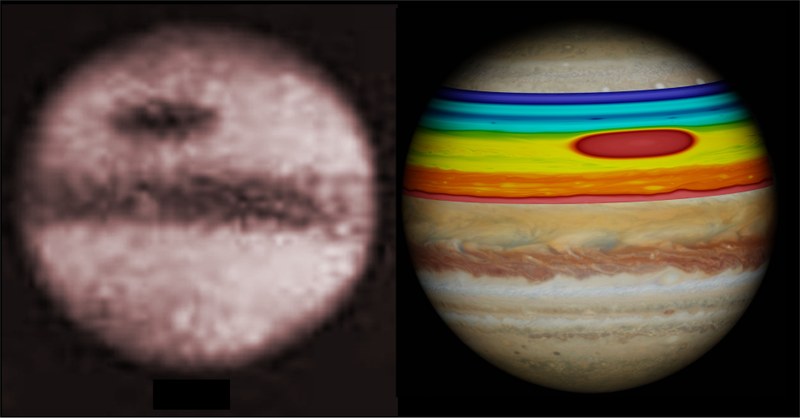The age of Jupiter's Great Red Spot is determined
Jun 17, 2024
Researchers from the Physics Department of the UPC have analyzed historical observations from the 17th century of Jupiter's Great Red Spot in collaboration with the Barcelona Supercomputing Center (BSC) and the University of the Basque Country (UPV/EHU)
Jupiter's Great Red Spot is a huge anticyclonic eddy around the periphery when winds are blowing at 450 km/hr. It is the largest and longest-lived vortex of all existing in the atmospheres of the planets of the solar system, but its age is the subject of debate and the mechanism that gave rise to its formation remains hidden.
In order to find out how this immense whirlpool was formed, the UPV/EHU and UPC teams have carried out numerical simulations on Spanish supercomputers such as the MareNostrum of the BSC-CNS, integrated into the Spanish Supercomputing Network (RES) , using two types of complementary models of the behavior of thin vortices in Jupiter's atmosphere.
Researchers have explored different mechanisms to explain the genesis of the spot, including the eruption of a gigantic superstorm, or the merging of multiple smaller vortices generated by wind shear. The results indicate that, although in both cases an anticyclone forms, it differs in shape and dynamic properties from those of the current GRS.
In a third group of numerical experiments, the team of scientists has explored the generation of the spot from a known instability in the winds that is able to generate an elongated cell that closes and traps them. This cell would be a nascent Red Spot, the subsequent shrinking of which would give rise to the compact and rapidly rotating spot seen today.
Article of reference:

Share: